The stories behind history's most beloved musical compositions often read like improbable fiction. From last-minute revisions to divine inspirations, many iconic melodies emerged through serendipitous circumstances that their creators never could have predicted. These accidental masterpieces remind us that artistic greatness sometimes arrives through the backdoor of chance.
Moonlight Sonata: A Name Born from Poetry
Beethoven's Piano Sonata No. 14 might have faded into relative obscurity had it not been for an imaginative music critic. The composition we now universally know as Moonlight Sonata was originally published in 1802 as simply Sonata quasi una Fantasia, with no celestial references whatsoever. The moonlight association emerged five years after Beethoven's death, when poet Ludwig Rellstab described the first movement as resembling moonlight shining upon Lake Lucerne. The poetic imagery captured public imagination so completely that the formal title became practically obsolete.
What makes this renaming remarkable is how it fundamentally altered the piece's reception. Beethoven conceived the work during personal turmoil as he grappled with his worsening deafness, with the haunting first movement possibly reflecting his emotional state. The moonlight interpretation softened this raw emotional quality, transforming it into what 19th century audiences considered a more "acceptable" romantic expression. This accidental rebranding likely secured the sonata's enduring popularity.
Happy Birthday: A Copyright Quirk That Shaped Music History
The most recognized song in the English language began as a classroom exercise. In 1893, Kentucky schoolteacher Mildred Hill created Good Morning to All as a greeting song for her kindergarten students. Her sister Patty later added the now-famous lyrics, but neither could have anticipated their simple melody would become a cultural phenomenon.
The song's journey to ubiquity involved multiple accidents. First, the Hills never formally copyrighted the revised birthday version. Second, the melody appeared in various songbooks without attribution throughout the early 20th century, allowing it to enter the public consciousness organically. When Jessica Hill (another sister) finally filed a copyright claim in 1935, the song had already achieved widespread use - making the copyright unusually difficult to enforce despite being technically valid until 2016.
Take Five: The Jazz Standard That Almost Wasn't
Dave Brubeck's Take Five stands as the best-selling jazz single of all time, yet its creation involved several near-misses. The now-iconic 5/4 time signature was saxophonist Paul Desmond's experimental idea that Brubeck initially resisted. The composer later admitted he "didn't think it would work" with audiences accustomed to conventional rhythms.
The recording session itself almost didn't happen. Columbia Records considered canceling the Time Out album project due to Brubeck's insistence on using unusual time signatures throughout. Only the persistence of producer Teo Macero kept the session alive. Even after recording, radio stations hesitated to play such unconventional material until a DJ accidentally played the B-side of a single - which happened to be Take Five. Listener requests flooded in, forcing the industry to reconsider its skepticism.
Boléro: A Commission Turned Cultural Phenomenon
Maurice Ravel's Boléro began as a humble ballet commission from dancer Ida Rubinstein in 1928. The composer treated it as a minor exercise in orchestration, later describing it as "orchestral tissue without music" - essentially an extended crescendo with a repetitive melody. Ravel anticipated the piece might disappear after its initial performances.
The work's explosive popularity surprised everyone. Audiences became mesmerized by its hypnotic rhythm and gradual intensification, turning what Ravel considered an experimental piece into his most famous composition. The irony wasn't lost on the composer, who reportedly grew annoyed by its overwhelming success. In a bizarre twist, Boléro's relentless rhythm may have contributed to Ravel's later neurological condition - some medical historians suggest the incessant repetition reflected early symptoms of the brain disease that eventually silenced him.
Somewhere Over the Rainbow: The Song Studios Didn't Want
The Wizard of Oz classic nearly ended up on the cutting room floor. Studio executives at MGM initially demanded Harold Arlen and Yip Harburg remove Somewhere Over the Rainbow from the film, considering it too slow for children's entertainment and too sophisticated for Judy Garland (then 16 years old) to perform convincingly. Only the intervention of producer Arthur Freed kept the song in the picture.
The subsequent Academy Award win for Best Original Song represented just the beginning of its unexpected journey. During World War II, the song became an anthem of hope for soldiers overseas. Musicologists later noted how its octave leap in the opening phrase perfectly captures the yearning quality of the lyrics - a musical accident, as Arlen had originally written the melody without considering this psychological effect. What nearly became a deleted scene transformed into what the Recording Industry Association of America would crown the century's greatest movie song.
Conclusion: The Unpredictable Nature of Musical Legacy
These stories reveal a fundamental truth about creative work: once released into the world, art takes on lives their creators never anticipated. The compositions we now consider timeless often achieved that status through cultural accidents rather than deliberate design. From copyright oversights to last-minute reprieves from studio interference, the music that defines our shared experience frequently owes its prominence to serendipity as much as genius.
Perhaps there's comfort in this unpredictability. In an era obsessed with viral formulas and algorithmic predictability, these musical accidents remind us that true cultural resonance can't be engineered - it emerges through that magical alchemy of talent, timing, and pure chance that no one can reliably replicate.
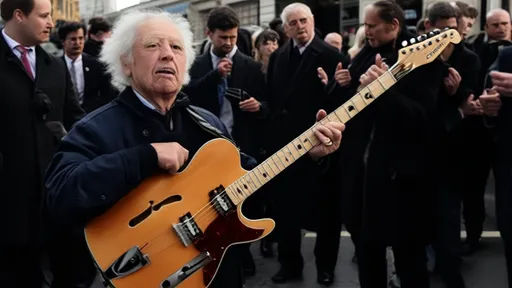
By /Aug 5, 2025

By /Aug 5, 2025

By /Aug 5, 2025
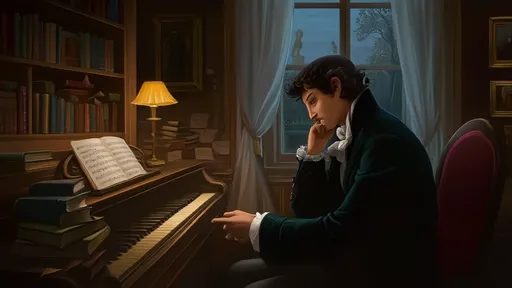
By /Aug 5, 2025
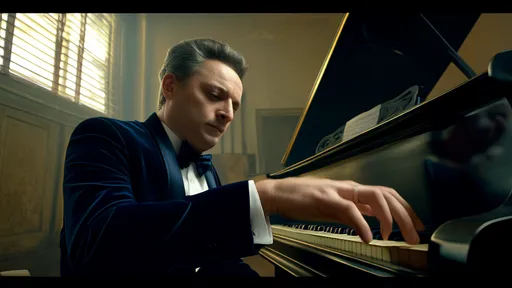
By /Aug 5, 2025

By /Aug 5, 2025

By /Aug 5, 2025

By /Aug 5, 2025
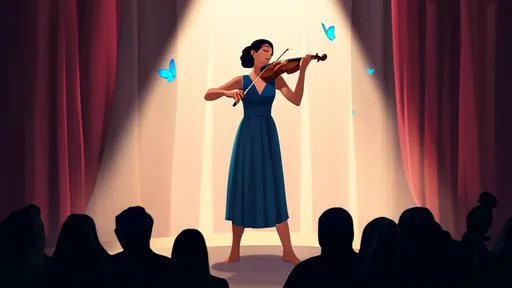
By /Aug 5, 2025

By /Aug 5, 2025

By /Aug 5, 2025

By /Aug 5, 2025

By /Aug 5, 2025

By /Aug 5, 2025
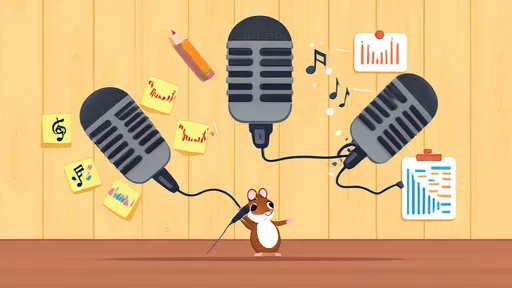
By /Aug 5, 2025

By /Aug 5, 2025

By /Aug 5, 2025

By /Aug 5, 2025

By /Aug 5, 2025

By /Aug 5, 2025